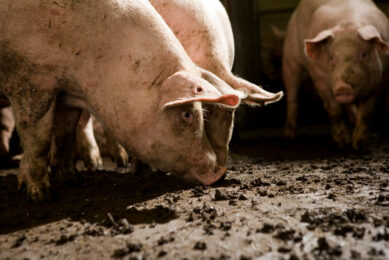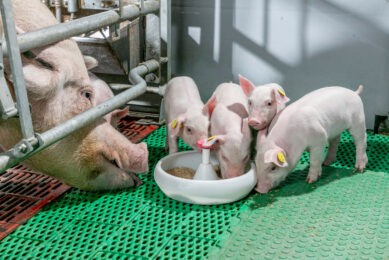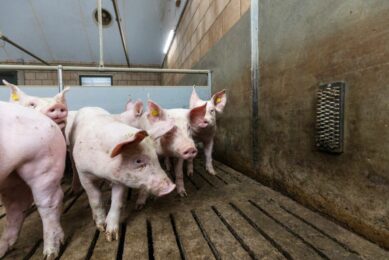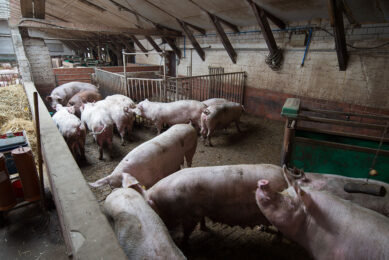Salmonella control along pig production chain
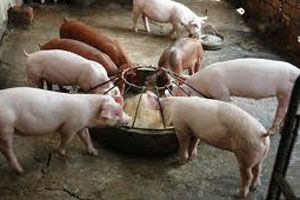
An article published by the Faculty of Veterinary Medicine, Ghent University in Belgium, titled ‘Salmonella control in live pigs and at slaughter’ looked at the most important control measures in the primary phase of pig production as well as during transport, lairage and along the slaughter line.
As European Union legislation sets reduction targets to lower the incidence of human salmonellosis, Member States are obliged to take effective measures to control Salmonella infection and contamination along the pig production chain.
Pig feed should be free of Salmonella, and contamination after feed processing must be prevented. Cleaning and disinfection procedures should be improved, although this can be complicated by the development of biofilms and the interaction between Salmonella and protozoa. Further research is required on the acid tolerance response of Salmonella strains regarding the use of organic acids in feed and/or drinking water. Vaccination of sows and piglets can be helpful but can interfere with current serosurveillance as no differentiation can yet be made between naturally infected and vaccinated animals.
The article further discusses cleaning and disinfection procedures along the slaughter line. Carcass decontamination is a promising approach, but needs to be considered as a tool to add to good hygiene practices.
For more information see ScienceDirect



